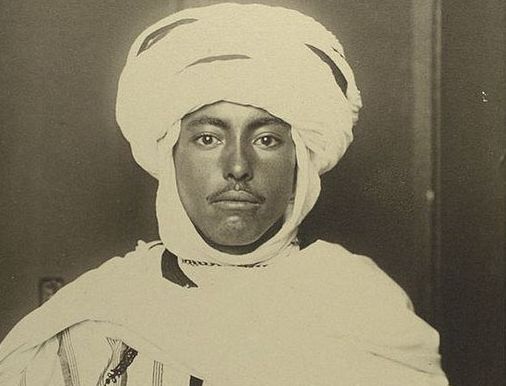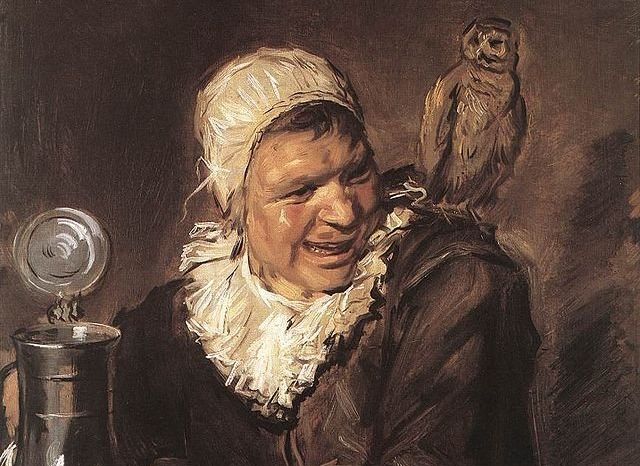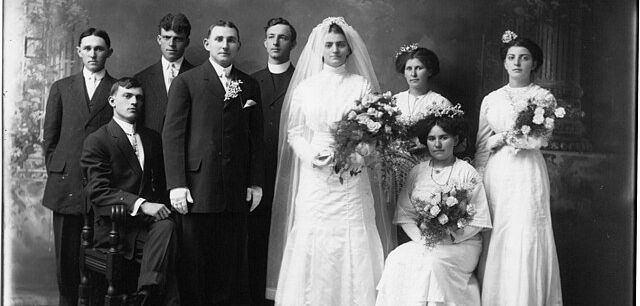How the Titanic's only Japanese passenger was shamed for surviving and won back his honor
Masabumi Hosono was subjected to what the Japanese refer to as "mura hachibu," or social ostracism, after jumping on a lifeboat.

Masabumi Hosono, with his handwritten account of the Titanic tragedy
On the cold, fateful night of April 14, 1912, hundreds were spared a watery demise as they clamored onto the too-few lifeboats that accompanied the sinking Titanic on its one and only disastrous voyage.
Among the survivors was Masabumi Hosono, a 42-year-old civil servant and second-class passenger from Tokyo—and also the only Japanese passenger onboard.
Hosono would escape death that night, but his life would be forever changed, and not for the better. In many ways, he never escaped the Titanic’s curse.
A firsthand account of his experience reads like a tragic tale.
Hosono had been working on a long-term assignment in Russia for two years and was eager to return home to his beloved wife and children. In 1912, Hosono appeared to have received his wish—his assignment had ended, and he was able to leave Russia. Not only that, but he was able to travel back in style aboard the prestigious RMS Titanic on her maiden voyage.
So, after hopping over to London and buying a fresh new suit, Hosono joined the other passengers to marvel at the “Queen of the Ocean.”
In his writings, Hosono recalls the Titanic’s grand views, “enticing aromas,” and “lively music,” but what he treasured most of all was the thought of seeing his family again.
“With every golden sunrise, I was closer to home.”

A photo of Masabumi Hosono taken in 1912
Then, just after midnight on April 14th, Hosono received a knock on his door. He was told to put on a lifebelt and head to the boat stations. As he made his way to the boat deck, Hosono was told to return to the lower part of the ship, despite his repeated attempts to inform the crewmen that he was traveling second class.
Finally, Hosono was able to slip past two talking guards and get to the ship deck, where he saw women and children being put into the lifeboats. Realizing he would have to go down with the ship, he prepared himself to “die an honorable samurai death.”
But then, an officer yelled, “Room for two more!” and Hosono saw another gentleman hop on. Knowing this was the only way to ever see his family again, he followed the man’s “bold example.”
As he helped row the small boat away from the chaos, Hosono had already begun to sense there would be consequences to his decision.
“We rowed at least two hundred feet away from the sinking vessel. From our position, I clearly saw the Titanic as it broke apart, then plunged beneath the waves. As the frightful shrills and cries from the drowning met my ears, I bowed my head in silence. Sobbing and weeping engulfed our small boat. Women and children were worried about the safety of their husbands and fathers. And feeling depressed and miserable, I worried what would become of me in the long run.”

"Untergang der Titanic," as conceived by Willy Stöwer, 1912
Hosono’s suspicions were correct. After being rescued and put up in New York, he was labeled a coward, accused of disguising himself as a woman and made the target of cruel jokes, later being dubbed by an American newspaper as the “Lucky Japanese Boy.”
Back home, the repercussions were even harsher. According to Metropolis Japan, the sweetness of reuniting with his family was cut short for Hosono after he was found guilty of nonconformity to the “women and children first” principle and of evading an honorable death. Because of this, he was subjected to “mura hachibu”—the Japanese term for social ostracism.
He was bombarded with hate mail, and he would have lost his career had it not been for his qualifications. Numerous times, he was urged to commit suicide by the media—all for not embodying the samurai spirit, especially at a time when Japan was eager to impress the West with impressive displays of patriotic self-sacrifice and fervent nationalism, Metropolis Japan reported.
Stigma followed Hosono for the rest of his life, forcing him to live in shame as a recluse and forbidding discussion of the Titanic in his home until his death from natural causes in 1939.
Hosono’s handwritten pages detailing his tumultuous ordeal remained hidden in a book at the bottom of a drawer until 1997, when his family published his writings. That's when Matt Taylor, an American researcher and Titanic scholar, noted how his letter contradicted other stories at the time, which mistook him for another Asian man on a different lifeboat, who was accused of acting "ignobly." Rather, Hosono helped save his fellow passengers by rowing them to safety.
The discovery immediately "restores his honor and credibility," Taylor told the AP.
And to this day, Hosono’s gut-wrenching narration, written on Titanic stationery, remains one of the most expressive and detailed accounts of the anguish experienced by the passengers of the blighted vessel. Without it, a part of the story would be lost forever.Hosono was portrayed by the media as a self-serving coward, but in truth, he was a man thrown into an impossible moral predicament, whose only sin was having a love for his family that outweighed any patriotic loyalty or societal expectation of chivalry. When seen through the eyes of compassion, knowing that we all fear what awaits us beyond that final goodbye, knowing that if given the opportunity, many of us would do the same to reach our dear ones, his decision seems anything other than disgraceful.
As Hosono wrote: “On that cold and terrifying April night, in a single moment, I seized an opportunity. And I chose life.”
- Titan ›
- Why did the Titan submarine implode, but the Titanic made it to the ocean floor intact? ›
- Titanic crew member's firsthand account of ship's sinking is an incredible video artifact ›
- Teacher in Japan shares how schools differ from the U.S. - Upworthy ›
- Virtuoso pianist visits Titanic museum and plays a beautiful version of 'The Portrait' - Upworthy ›



 sipping modern family GIF
sipping modern family GIF  A woman is upset looking at her smartphone.via
A woman is upset looking at her smartphone.via  A group of people protesting in the street.via
A group of people protesting in the street.via  Trump supporters at a rally.via
Trump supporters at a rally.via  It may not be quite this obvious, but Americans do stand out.
It may not be quite this obvious, but Americans do stand out.  Americans slouch and lean.
Americans slouch and lean.  Americans love huge water bottles.
Americans love huge water bottles.  Americans love tons of ice in their drinks.
Americans love tons of ice in their drinks.  Americans value ultra-white teeth.
Americans value ultra-white teeth.  Americans wear hats... everywhere.
Americans wear hats... everywhere.  Americans' default volume is loud.
Americans' default volume is loud.  "Mona Lisa" by Leonardo da Vinci, painted in 1503Public domain
"Mona Lisa" by Leonardo da Vinci, painted in 1503Public domain Algerian immigrant to the United States. Photographed on
Algerian immigrant to the United States. Photographed on  "Malle Babbe" by Frans Hals, sometime between 1640 and 1646Public domain
"Malle Babbe" by Frans Hals, sometime between 1640 and 1646Public domain Even wedding party photos didn't appear to be joyful occasions.
Even wedding party photos didn't appear to be joyful occasions.